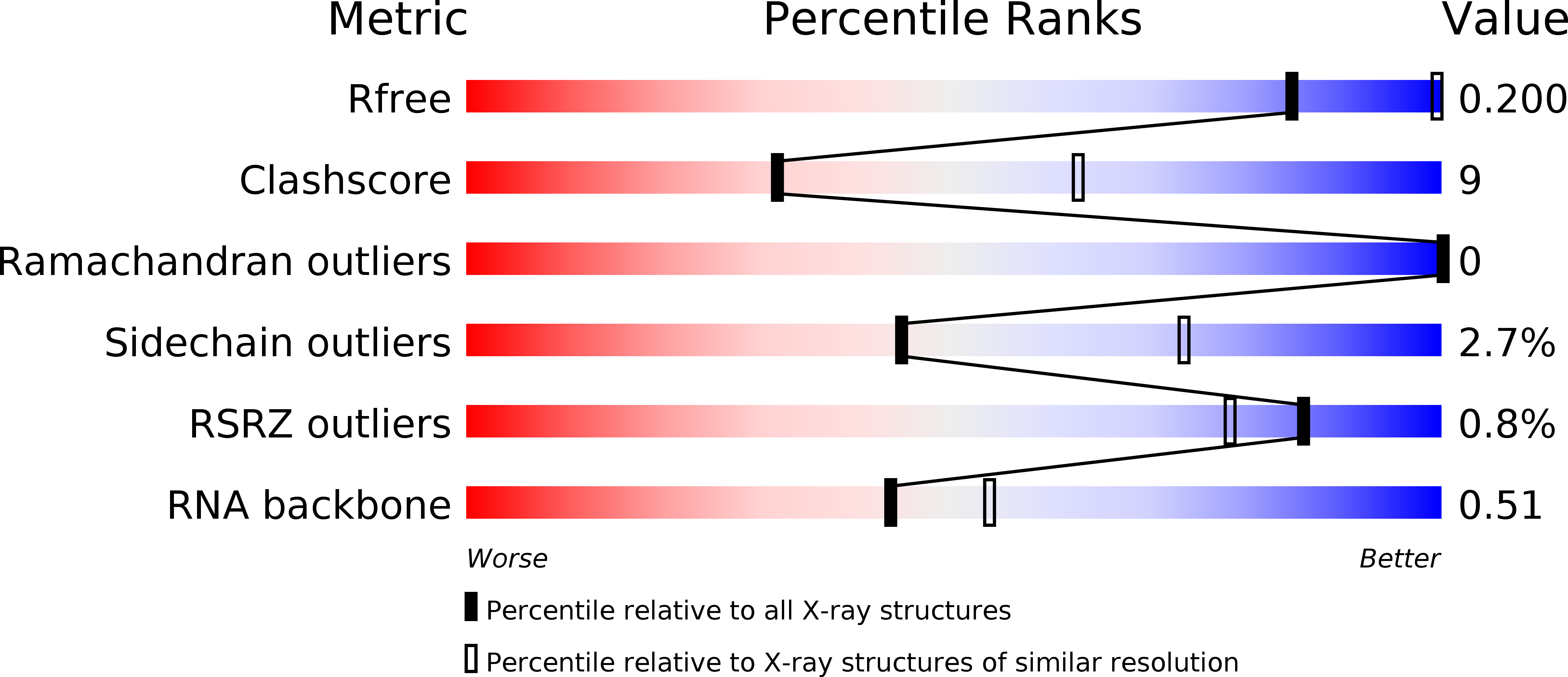
Deposition Date
2019-09-12
Release Date
2020-04-29
Last Version Date
2024-01-24
Entry Detail
Biological Source:
Source Organism:
Homo sapiens (Taxon ID: 9606)
synthetic construct (Taxon ID: 32630)
synthetic construct (Taxon ID: 32630)
Host Organism:
Method Details:
Experimental Method:
Resolution:
3.15 Å
R-Value Free:
0.22
R-Value Work:
0.16
R-Value Observed:
0.19
Space Group:
P 32


